HISTORY
-
The Modoc Nation was originally located in what is today known as Northern California and Southern Oregon. The west was bordered by the Cascade Mountains; to the east was a barren wasteland of alkali flats; forests of Ponderosa pines bordered the north, and what is known as the Lava Beds National Monument formed the southern boundary.
The Modoc were hunters, fishermen, and gatherers who followed the seasons for food. They lived their lives in relative obscurity. The arrival of European Americans in the early 19th century began to encroach on their territory and their lives were changed.
-
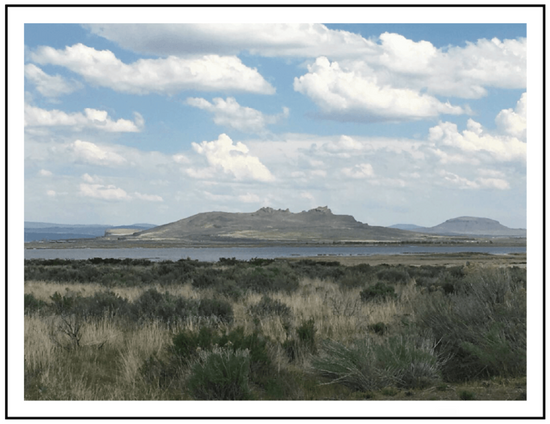
-
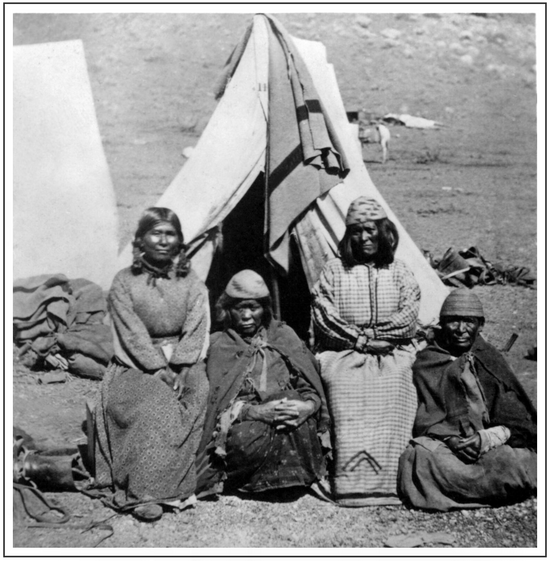
-
The intrusion of fur traders, followed by European settlers into the Pacific Northwest, had a variety of social and economic effects on the Native populations. The Modoc bartered with fur traders for guns and horses, which they found necessary to compete with neighboring tribes. But eventually the traders and the prospectors gave way to farmers and ranchers, who competed for land and resources and had little regard for the Native inhabitants. These new American invaders traveled west in the mid-19th century by way of the Oregon Trail, which passed directly through traditional Modoc lands.
-
The increasing number of settlers needed more land to farm and to graze. As a result of the enormous pressure of white infiltration into Indian lands in California and Oregon, the Modoc, Klamath and Yahooskin Band of Snake tribes ceded their lands to the United States government and signed a joint reservation treaty in 1864. The Modoc agreed to live alongside the Klamath Indians, although these peoples were traditional enemies.
-
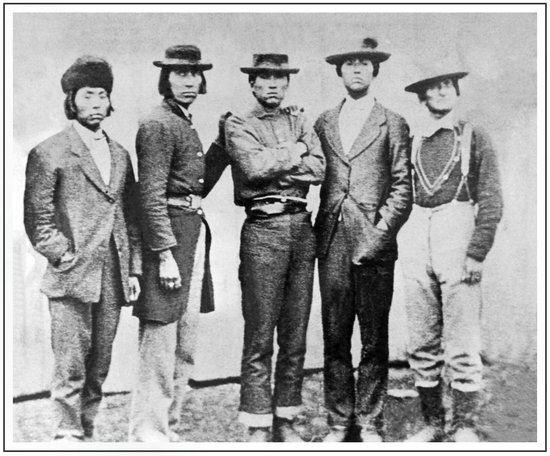
-
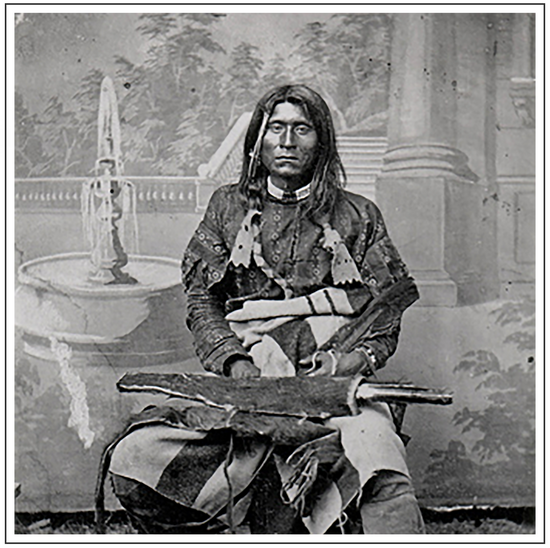
-
Life on the reservation was difficult. The more numerous Klamath harassed the Modoc, and the Indian agent neglected them. The Modoc became increasingly frustrated. By 1865, Captain Jack led his band of Modoc off the reservation and returned to their territory of the Lost River (California) area of Northern California.
-
To solve the conflict between the Modoc and Klamath at the reservation, the US Commissioner of Indian Affairs decided to relocate the Modoc far to the east, to the Quapaw Agency in northeastern Indian Territory. The Modoc were ordered to pack all their belongings for a long journey but were not told of their destination. On October 12, 1873, 155 Modoc: 42 men, 59 women, and 54 children, were loaded on 27 wagons and departed Fort Klamath, Oregon under guard of Captain H.C. Hasbrouck and soldiers of Battery B, 4th Artillery.
-
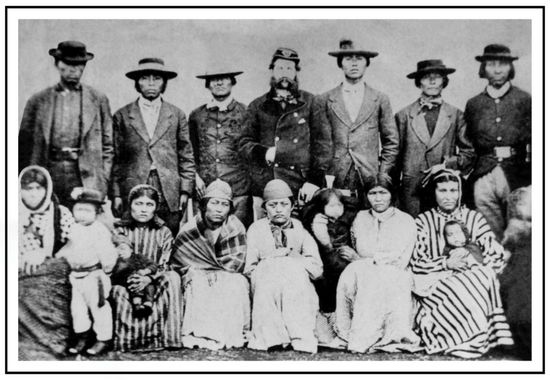
-
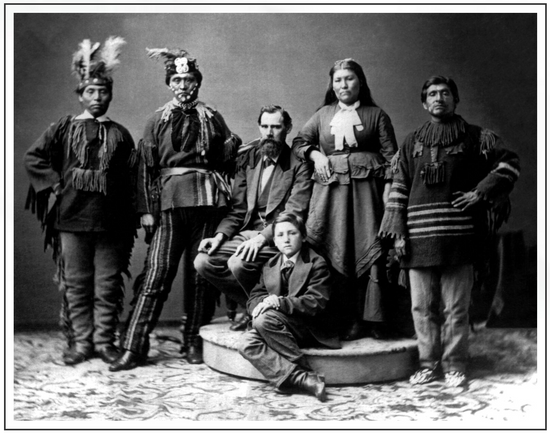
-
Like all Native Americans in the nineteenth century, they were forbidden to practice their traditional religion or speak their language. As the years passed, the Modoc language, customs and culture were forgotten.
The years following removal to Indian Territory were difficult ones for the Modoc. They suffered much sickness and many hardships, but in spite of the odds against their survival, the Modoc men and women persevered and survived.
-
Today the Modoc Nation is stronger than ever. Since being granted federal recognition in 1978, the Tribe has banded together to create numerous federal and state programs that benefit tribal members as well as other Native Americans in the area. The Modoc Tribe has also successfully established several economic development enterprises, including businesses specializing in Information Technology, Construction, Aviation, Gaming, Media, Payment Solutions, and Health Care Management Solutions.
Together they work to better the lives of their families, and better the lives of everyone in the community.





